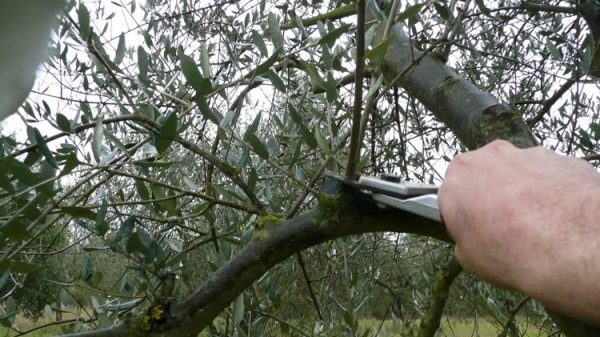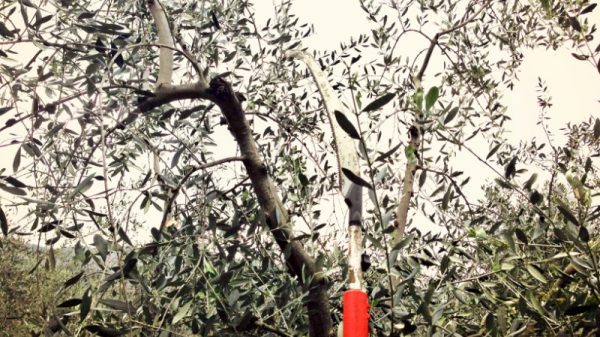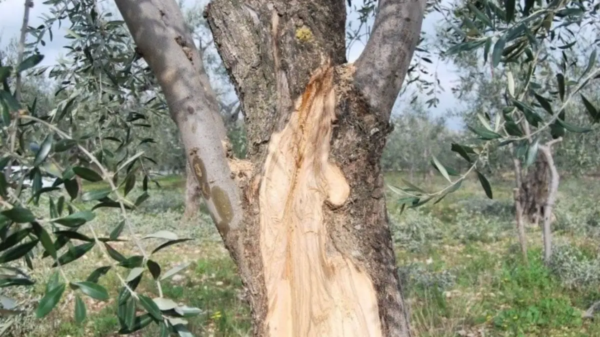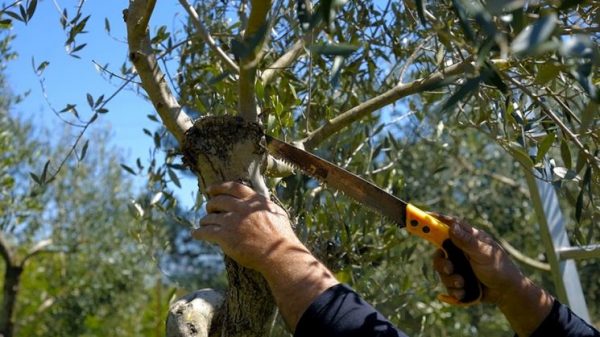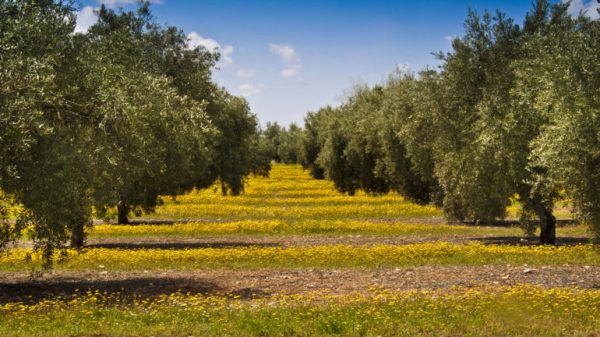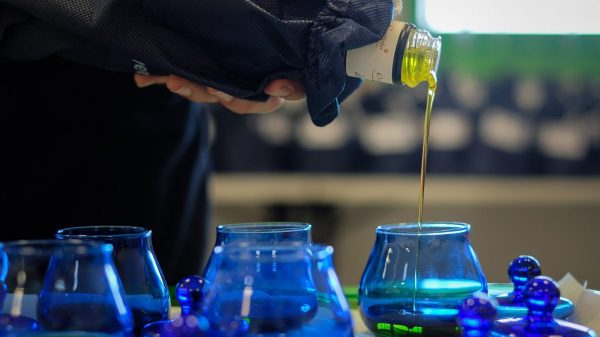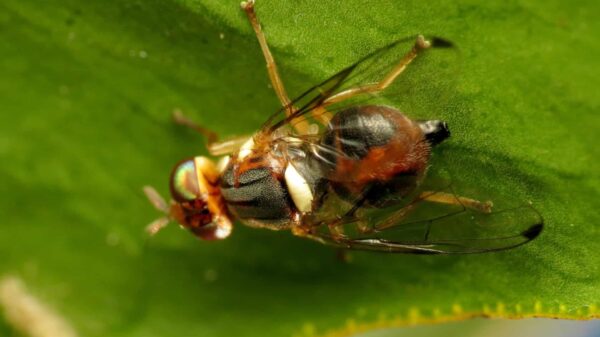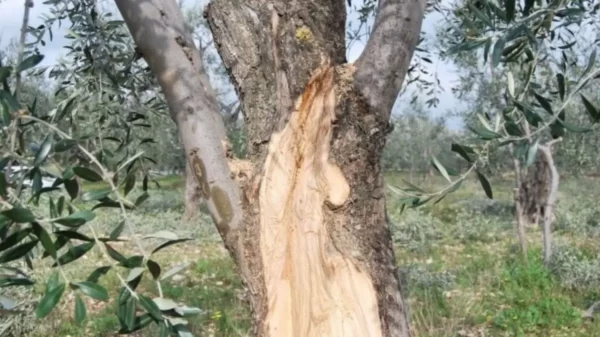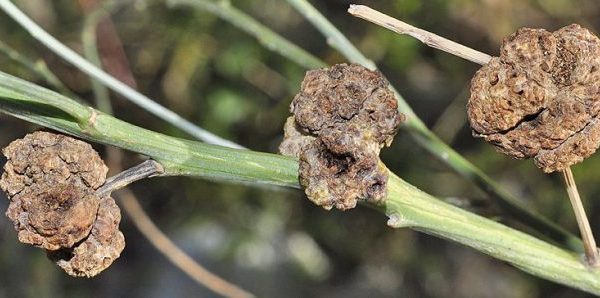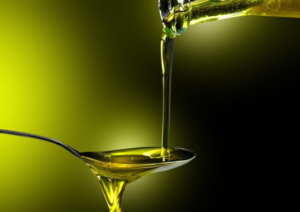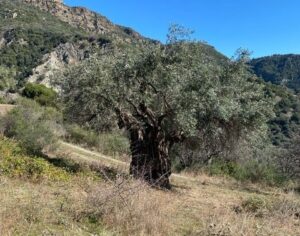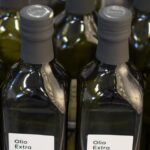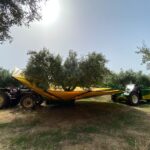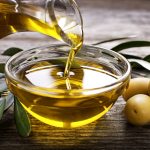The Italian Regions - based on the purposes of the art. 20 Legislative Decree no. 150/2012 – they are presenting for the year 2024 the Technical lines of integrated defense, proposing sustainable rules and practices in contrast to the parasites (animals and plants) and pests. These lines are “volunteers”, therefore, they leave it up to companies to decide whether to adopt them or not, unless they have usage restrictions determined by public concessions, such as membership of National Integrated Production Quality System brands or contributory benefits.
For the current year it has entered the lines of defense is the deltamethrin, in contrast to Asian bed bug as recent scientific articles have recognized that the early bites di this parasite on small olives they cause one anomalous green drop. The deltamethrin it's a pyrethroid insecticide, does not penetrate inside plant tissues and has a high knockdown power towards Diptera, Lepidoptera, Coccidia and Pentanomids. It acts by contact and ingestion, both on forms that precede the adult stage, pre-imaginal, and on adults. Precisely in this period the use of deltamethrin becomes interesting because, by directing its killing activity also against other harmful insects, it would limit the Olive fly, which at this moment could begin the first ovipositions, then the Margaronia, which places its larvae in the vegetative apexes, finally the Cochineal half a grain of pepper, which is completing the development of the wintering nymphs.
The insecticides that remain for the Olive fly, Olive moth e Cecidomy I'm:
- L 'acetamiprid (Epik SL – Kestrel), which carries out adulticidal and larvicidal action, acts mainly by ingestion, usable for a maximum of two interventions per year regardless of the adversity;
- the Flupyradifurone (Sivanto Prime), which is well absorbed by vegetation and acts through contact and ingestion, both on adult and juvenile forms, for this reason there is a maximum of one intervention per year regardless of the adversity, which can be the olive fly , the Sputacchina and the Cochineal half a grain of pepper.
They remain Adulticidal attractive baits for the olive fly, such as lo spinosad and Cyantraniliprole (Exirel Bait), maximum eight applications per year.
With regard to the Margaronia, which in 2023 caused considerable damage in several olive-growing areas, there is the Bacillus thuringiensis kurstaki – SA 12, a biological insecticide that acts by ingestion in the larval stages, causing death within 3-5 days due to blockage of the digestive tract.
For the Olive moth we have it spinetoram, active ingredient deriving from the bacterium Saccharopolyspora spinosa, naturally present in the soil and subsequently chemically modified, active by ingestion and contact.
Tips for containing the Cochineal half peppercorn are given by the use of potassium salts fatty acids, for example FLiPPER® o Ciopper PFnPE, effective against insects with soft integument, and paraffinic mineral oil, which acts by asphyxiation, covering the body of coccidia with a thin film and penetrating their tracheal canals which remain occluded, the latter also recommended against the Olive weevil.
For active substances with fungicidal function for thePeacock eye and Leprosy we have copper productsi, the Dodina, the two triazoles Tebuconazole and Difenoconazole, inhibitors of ergosterol biosynthesis - IBE -, and the two strobilurins, trifloxystrobin and Pyraclostrobin.
Il Potassium phosphate, who last year was a candidate for replacement, remained at odds with thePeacock eye.
Among the fungicides still the Bacillus subtilis strain QST 713, with a preventive action, also suitable as a bactericide, therefore also indicated against Olive scab.
The authorizations received in 2023 in favor of olive protection should not be forgotten:
- Sipcam Italy, with the insecticide/nematicide Oikos, containing azadirachtin, authorized for use on olive trees for the control of the olive fly, the olive moth and the Cecidomia;
- Chimiberg, with an expansion of the label for Piretro Actigreen, containing pyrethrum extracts, to be used on olive trees against olive fly and sputacchina;
- Sumitomo Chemical Italy with the commercial product PREV-AM PLUS, based on sweet orange essential oil, authorized for 120 days from 1 August 2023 for use on olive trees against the olive fly, of which we await the developments for this year .
AIPO Director
Interregional Association
Olive producers
Browse for free l'Olivo News click , here

